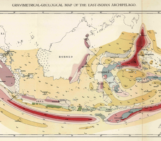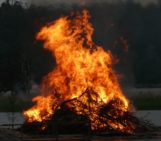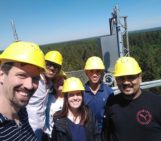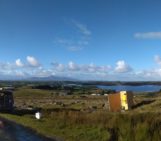
The 2023 General Assembly is gaining momentum. Did you ever consider taking part as a mentor (or mentee) in EGU’s mentoring programme? If you ask me, it’s a nice opportunity to increase the odds of being a positive influence to someone, and you may learn some things in the process too.
Who’s your positive influence?
Here’s a mental exercise: name 3 people who positively influenced your career choices.
Most people have no problem coming up with some names, ranging from inspiring school teachers, partners, to strangers who just showed you things in a different light.
Some of those personal encounters may even appear brief and trivial, much akin to the little effort it takes to plant a seed. But in hindsight, it’s fascinating to realize that a few individuals influenced you to apply for a certain study or job, or write that email which sparked a collaboration.
I really like the idea that people have positively inspired others, even though they might not be even aware of their contribution.
Matchmaking in EGU’s mentoring programme
Because the General Assembly brings together scientists from all over the world, EGU’s mentoring programme is the perfect opportunity to increase the odds of being a positive influence to each other. As a mentor you get matched with mentee, where possible with similar interests but usually unknown to you. The intention is to make them feel welcome and help them out in navigating a huge conference, and the networking opportunities it offers.
During the course of the General Assembly, you catch up a few times, chat about things like science and (often) PhD life, and you can (and should) introduce them to some colleagues.
Weaving your meetings through your schedule
Looking back at my own experience as a mentor, participating was enjoyable and no-strings-attached effort. I originally signed up for the programme because I sympathized with the idea of being more welcome to first-comers, and remembered being overwhelmed when I first attended my first conference.
I was initially a bit worried about whether this would take too much of my time. But in hindsight, this is something you can relatively easily plan in between your other activities, especially if you take advantage of the breaks and poster sessions. Furthermore, it pays off to meet in the beginning of the conference to align each other’s expectations and exchange numbers.
Overall, it made the GA experience better as my mentees turned out to be pretty good sources for take-home messages and pointers to interesting research, which I would have missed otherwise.
More mentors needed!
Unfortunately, the amount of mentees who are interested in being paired with a mentor usually exceeds the amount of mentors. So if you’ve done a few General Assemblies before, please do consider joining in as a mentor.




